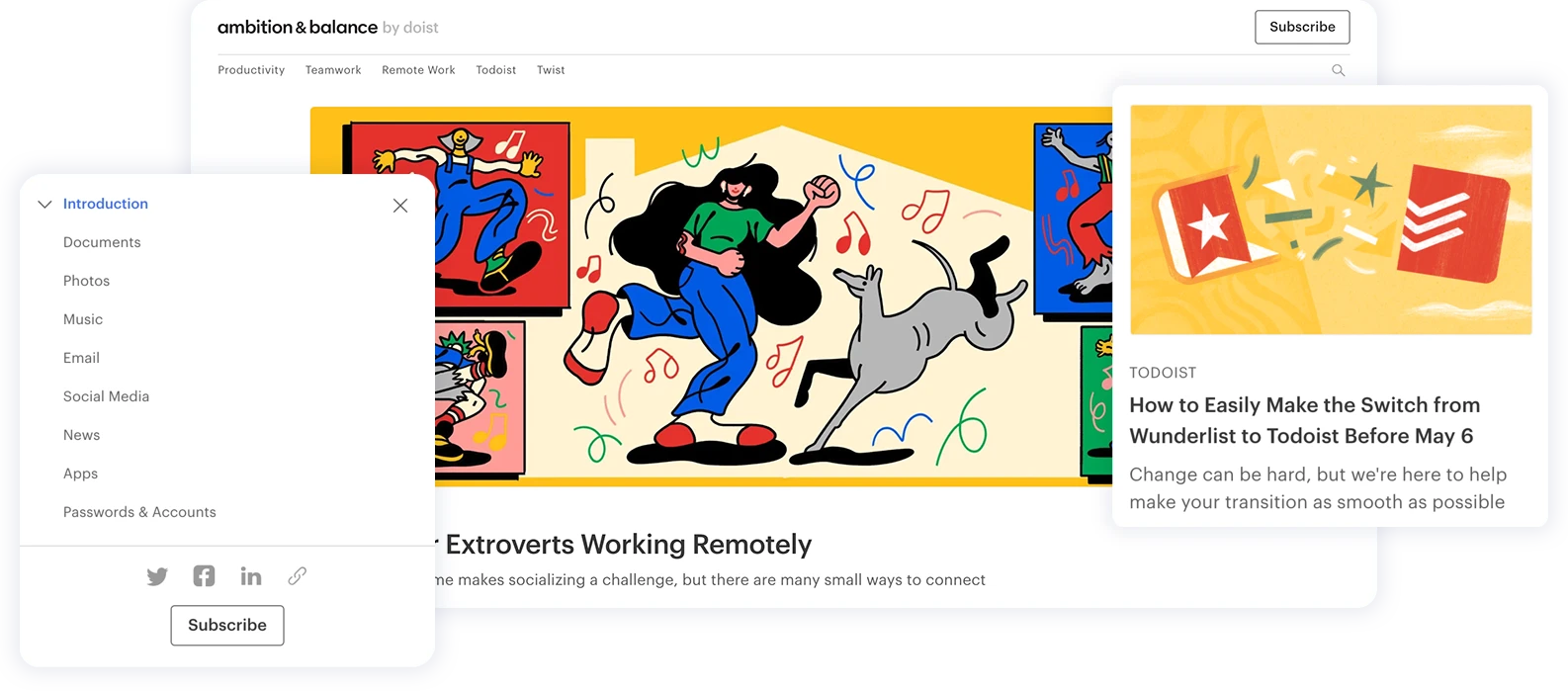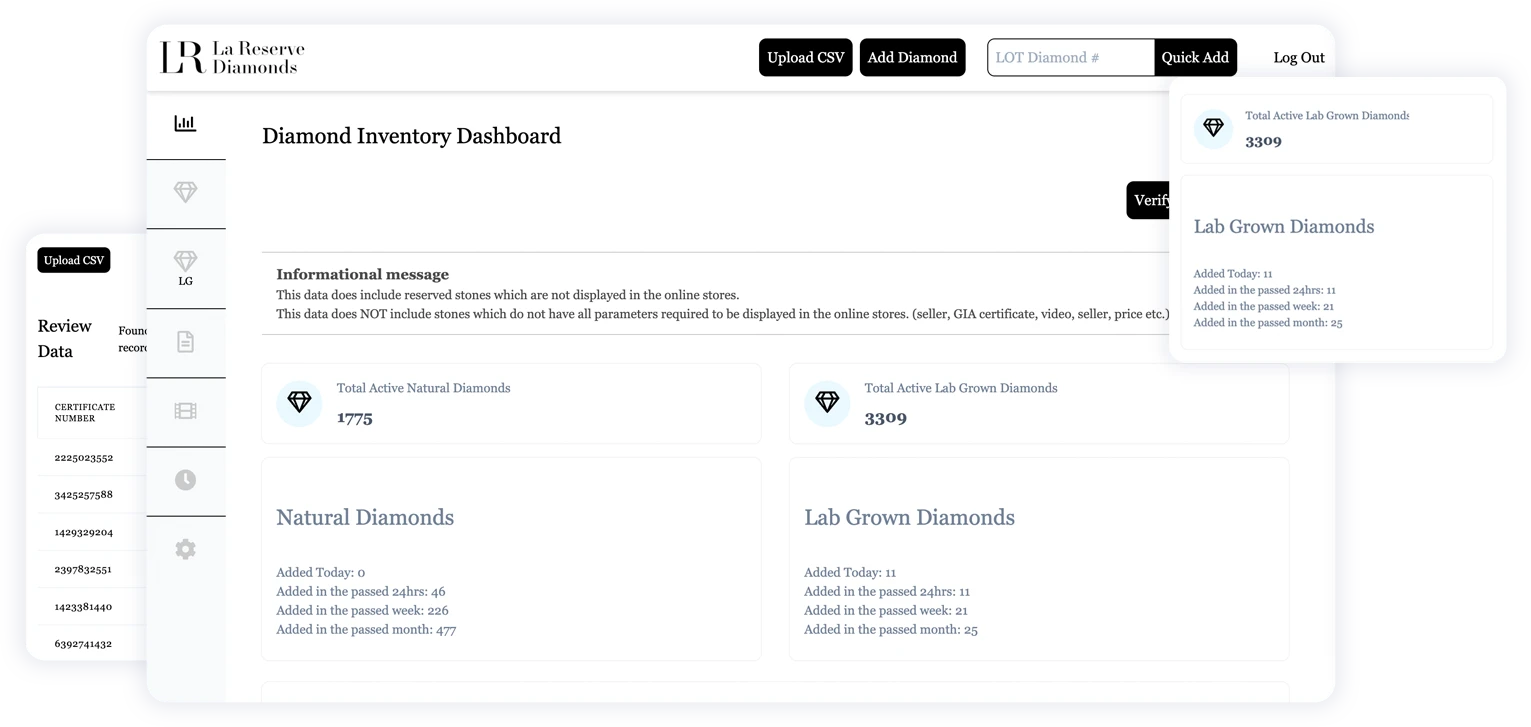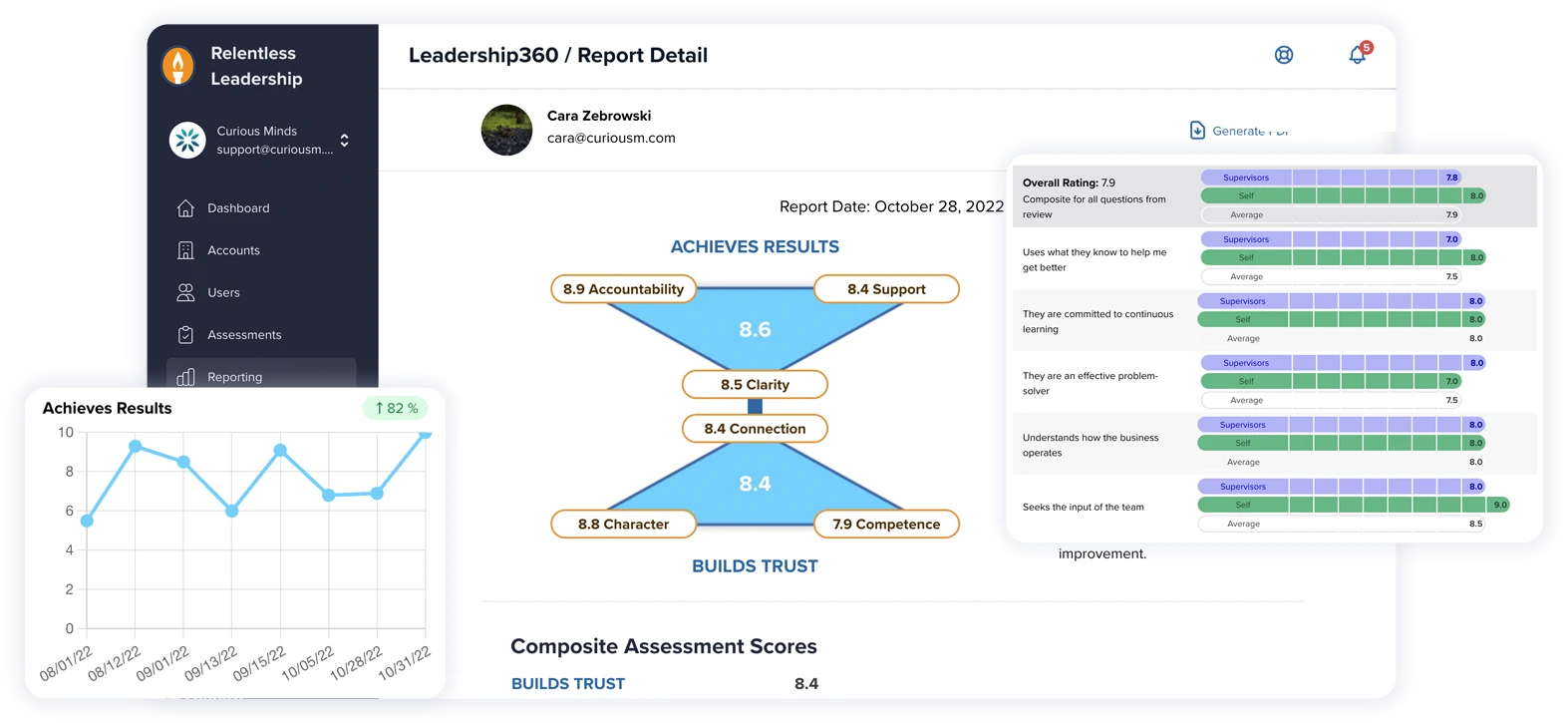To succeed in today's online market, you need more than just a working website; you need a smart tech setup built to help you win. While running smoothly day-to-day is important, this article looks deeper. We'll explore how choosing the right way to structure your e-commerce tools – specifically using an all-in-one e-commerce solution – directly affects your ability to follow your long-term plans, grow without headaches, and manage costs wisely. We're not just talking about saving a few minutes here and there; we're focused on building a strong, flexible foundation that helps you stay competitive and grow your business profitably. Instead of just reclaiming hours, we'll look at how bringing your key business functions together can make your business quicker to adapt and improve your overall costs over time.
Unified Platforms: Why They Make Strategic Sense
So, what exactly is an all-in-one e-commerce solution? Think of it as a central hub designed to manage the core parts of your online business – product details, stock levels, customer orders, customer information, and sometimes even marketing tools like email or ads – all within one main system. It's not just about being tidy; it's about creating one reliable place for all your info. From a planning perspective, having this unified data lets you see what's happening right now, making it easier to predict sales, decide where to spend money, offer a smooth shopping experience whether customers are online, on their phones, or maybe even in a physical store, and react quickly to changes in the market. Platforms built this way (like Shopify or BigCommerce) aim to cut down on the day-to-day hurdles that often slow down bigger plans.
The Hidden Costs and Headaches of Using Too Many Separate Tools
Many businesses start by picking different specialized tools for different jobs – maybe QuickBooks for accounting, Mailchimp for email, ShipStation for shipping, an inventory tool like Cin7, and their e-commerce storefront (perhaps built on WordPress/WooCommerce). While each tool might be good at its one thing, this "fragmented" approach often leads to hidden costs and problems down the road:
Costs of Connecting and Fixing Tools: Making separate tools talk to each other requires technical connections – sometimes simple clicks, often needing special connector software (like Zapier or Celigo) or even custom programming. These connections can be breakable; when one tool updates, it might stop syncing with another, forcing you to spend time and money (on tech experts or your own hours) just fixing things. This isn't a one-off setup fee; it's an ongoing cost.
Data Problems and Bad Decisions: Even when tools are connected, keeping information perfectly matched across different systems (different places where data is stored) is tough. You might see different sales numbers in your store admin versus your analytics tool, or inventory counts that don't match reality. This leads to confusing reports, bad decisions based on faulty info, and real mistakes like selling out-of-stock items, which hurts profits and annoys customers.
-
High Long-Term Costs (The Real Picture): The true cost isn't just the monthly fees for each tool. The Total Cost of Ownership (TCO) – basically, the real cost over several years – includes:
Subscription fees for all the different software.
Fees for extra apps or plugins needed to fill gaps.
Costs for connector tools (like Zapier).
Time spent by your team (or hired help) setting up and maintaining connections.
Time spent fixing mismatched information.
Money lost due to errors caused by bad data.
Missed chances to make money because new ideas or projects were delayed by tech complexity. Over 3-5 years, this total cost for many separate tools often ends up being much higher than using one central, unified platform.
Slow to Change, Hard to Grow: Want to launch a new product line quickly? Expand sales to Europe? Start selling wholesale to other businesses (B2B)? Making these kinds of changes is much slower and harder when you have to update settings, processes, and connections across many separate, loosely linked systems. Your own tech setup can become the main thing holding back growth.
Connecting Separate Tools vs. Using One Central System: What it Means for You
This leads to a key choice: Do you try to connect lots of specialized tools, or do you consolidate onto one main platform?
The "Connecting Tools" Approach (Using Specialized Software):
The Idea: Pick the very best tool for each job (e.g., the most advanced email marketing tool like Klaviyo, a specialized loyalty program like Yotpo, maybe a separate blog on WordPress).
The Reality: You get those specific features, but you pay for it with ongoing effort and cost to manage the connections and keep everything working together. You depend on multiple companies. Big projects that need different systems to cooperate (like a promotion involving email, inventory, and the website) can get complicated. This approach often becomes fragile and expensive as you try to grow bigger.
The "One Central System" Approach (Using a Unified Platform):
The Idea: Use a platform like Shopify Plus, BigCommerce Enterprise, or potentially Salesforce Commerce Cloud where core functions are built-in to work together smoothly. The goal is seamless information flow, less fixing, faster action, and easier growth.
The Reality: You drastically simplify your tech setup and often lower your long-term costs. However, the built-in feature for, say, email marketing might not be quite as advanced as the absolute top standalone email tool. You're betting on the strength and ease of the central platform. Choosing the right platform upfront is critical, as moving later can be a big project (sometimes called feeling "locked-in").
The "Hybrid" Approach (A Mix): Use a strong central platform for most things, but connect a few truly essential specialized tools if needed (like connecting Shopify to a complex inventory/ERP system like NetSuite if your business absolutely requires it).
The Idea: Get the best of both worlds – a solid base plus specific advanced features where truly needed.
The Reality: Requires careful planning to only connect what's really necessary, otherwise you might slowly end up back with too many separate tools. You still have some connection costs and complexity
Getting Ahead: How a Unified Setup Helps You Grow Smarter
Using one central e-commerce system can give you real advantages:
Be Able to Change Course Faster: When your systems work together smoothly and data is reliable, your business can react much faster. Want to run a flash sale? Test new shipping offers? Add a customer loyalty program? You can often do these things in days or weeks using built-in tools or well-integrated apps from the platform's marketplace (like adding a Stamped.io reviews app), instead of months of complex coordination.
Built to Grow Smoothly: Unified platforms are generally designed to handle more business without breaking.
How? They usually have a strong technical foundation ready for more website visitors (like during Black Friday sales), bigger product lists, and more orders. Adding features like selling internationally (with automatic currency conversion) or setting up a wholesale portal for B2B customers might be built-in options or straightforward additions, rather than huge projects requiring custom programming. Growth feels more manageable.
Getting More Value for Your Money Over Time: The real payoff isn't just efficiency, it's better financial results:
Lower Overall Costs: As mentioned, less money spent on fixing connections, fewer software fees overall, and fewer costly errors often mean significant savings in the long run.
Smarter Spending: When your tech team (or you!) isn't constantly putting out fires, that budget and time can go towards things that actually grow the business, like better marketing or new product development.
Better Use of Information: Good, reliable data all in one place helps you spend marketing money more effectively (e.g., seeing which Google Ads campaigns actually lead to sales), manage inventory better (less cash tied up in slow-moving stock), and personalize offers to encourage repeat purchases – boosting profits.
Make Money from New Ideas Quicker: Launching that new feature or product line faster means you start earning revenue from it sooner.
Choosing Your Platform Wisely: Look Beyond the Surface
When picking a platform, think past the basic features:
What You'll Need Down the Road: Think 3-5 years ahead. Do you plan to sell internationally? Focus heavily on B2B sales? Need very complex product customizations? Make sure the platform can handle those future plans, either built-in or through its app store/partners.
Estimate the Real Long-Term Cost: Try to map out the likely costs over several years. Include the main platform fee, any essential apps (like that specialized search app Algolia if you need it), transaction fees, AND the savings you expect from less time spent fixing broken connections compared to using separate tools.
Can it Handle Your Growth?: Ask for examples or proof that the platform works well for businesses at the size you aim to be (in terms of sales volume, number of products, website traffic).
App Store & Connections: Even if you want one system, check its "app store" or list of partners. Does it have good options for things you might need later (like connecting to your accounting software Xero or a large warehouse system)? Good options for e-commerce platform integration provide valuable flexibility.
Provider Stability & Support: Is the company behind the platform well-established? Do they offer good customer support when you need help?
Building a Strong Base for Future Success
Choosing your e-commerce platform is more than just a tech decision; it’s a core part of your business strategy. While using many specialized tools might seem appealing at first, a well-chosen unified e-commerce platform provides a powerful foundation for making your business more agile, enabling smoother and more cost-effective growth, and improving your financial results over the long haul. By deliberately choosing a setup where things work together well and can adapt easily, you position your business not just to keep up today, but to lead the way in the future.


















